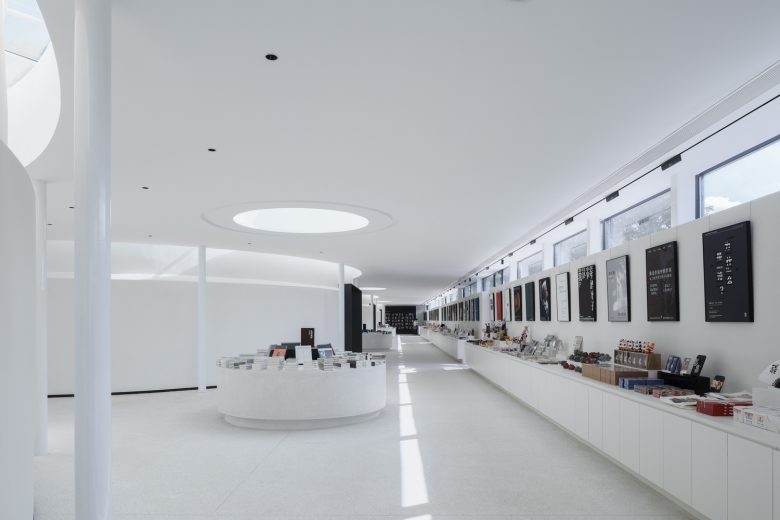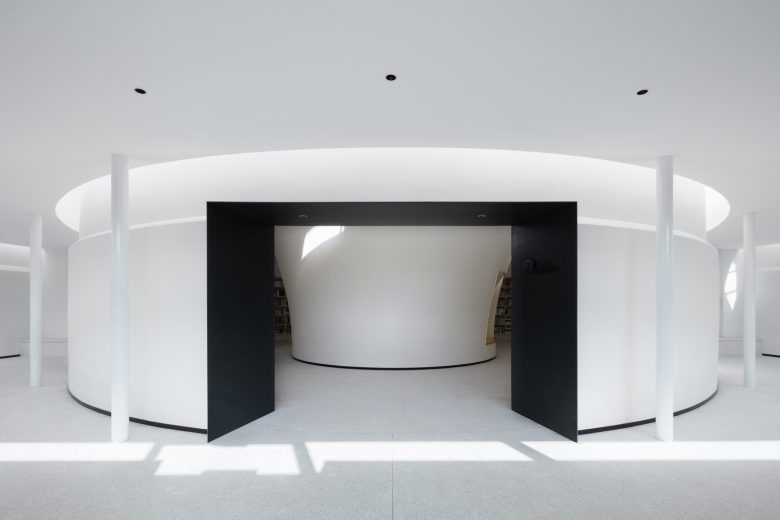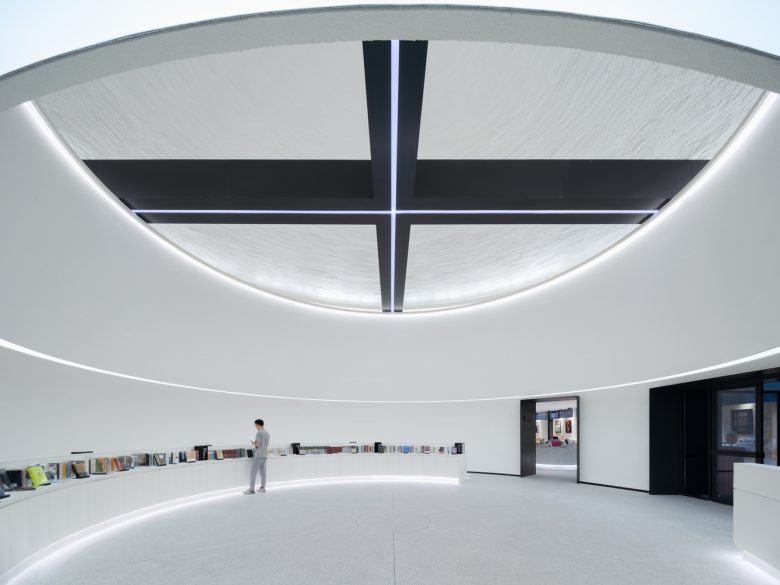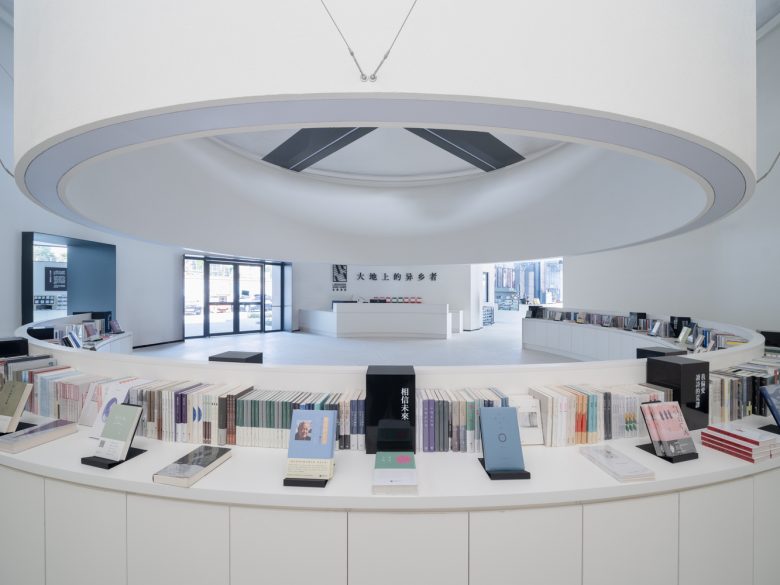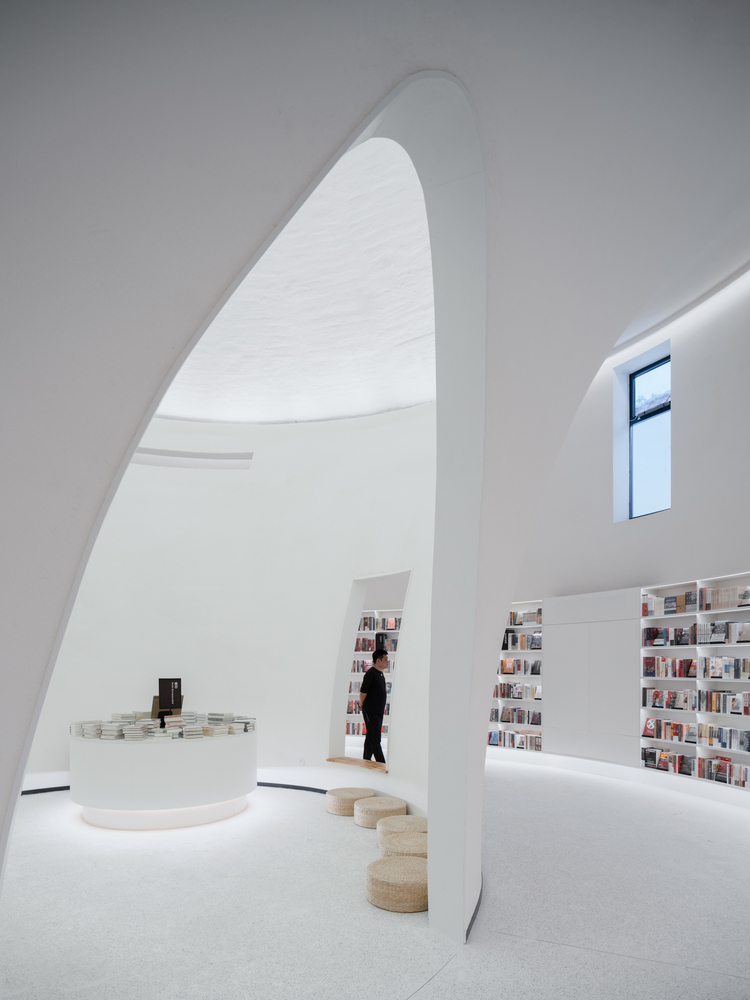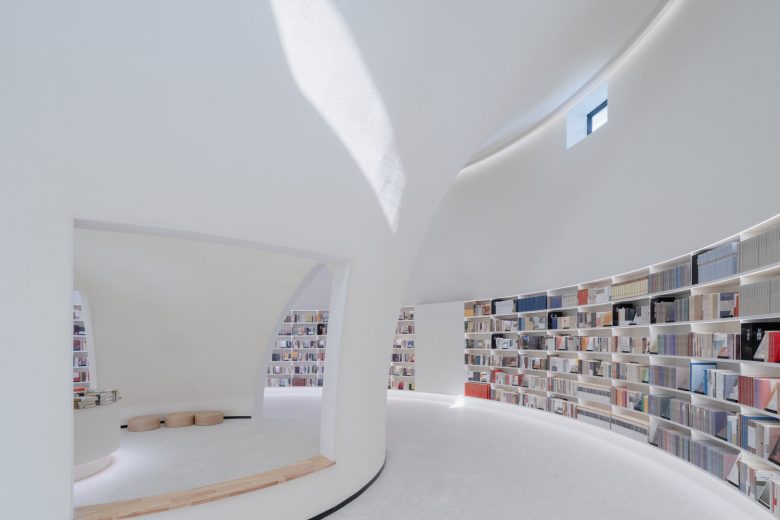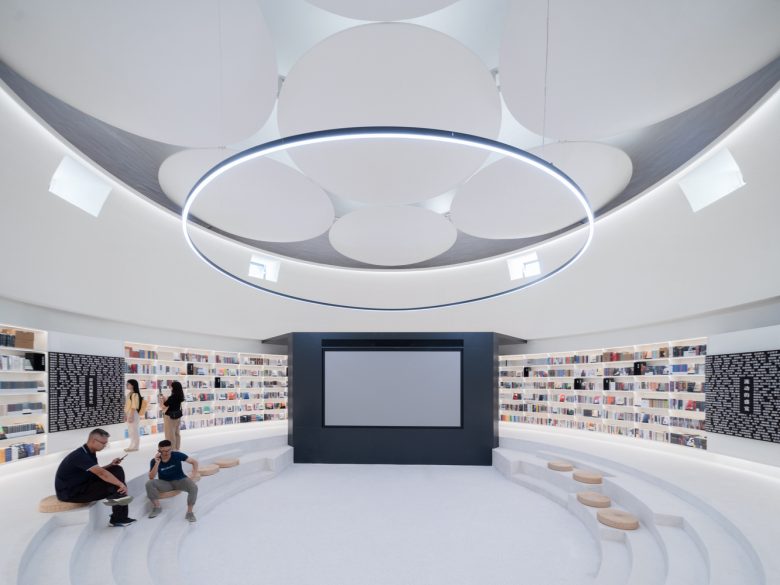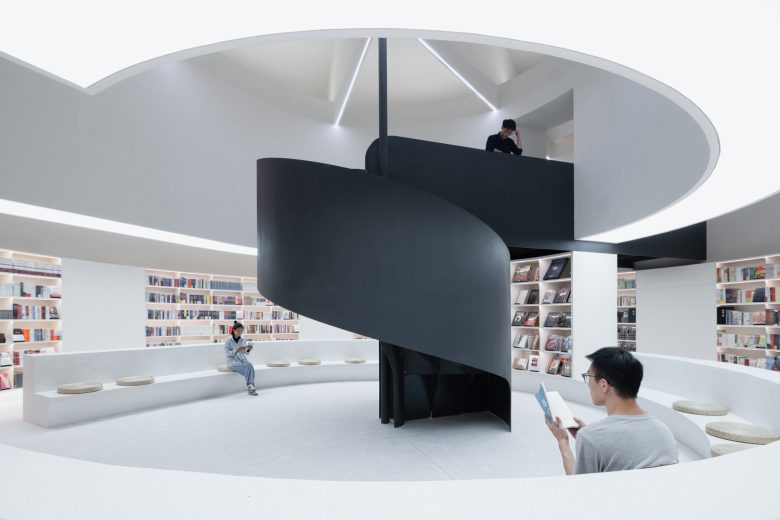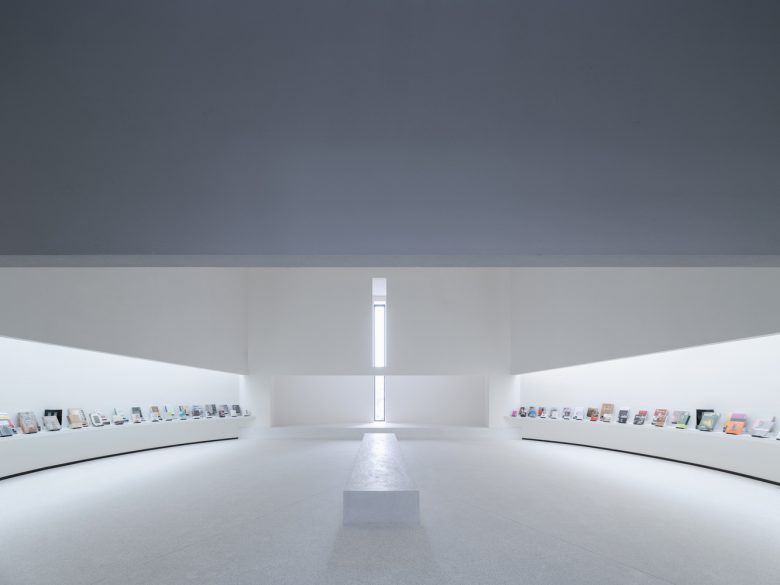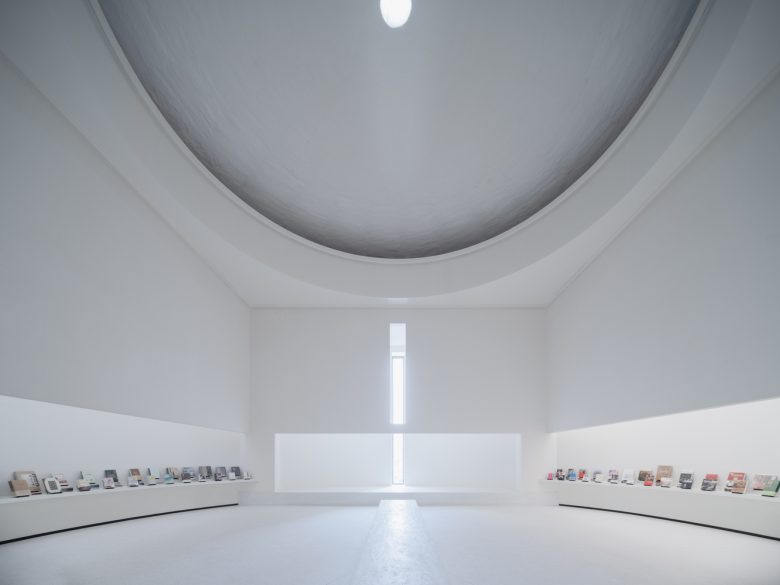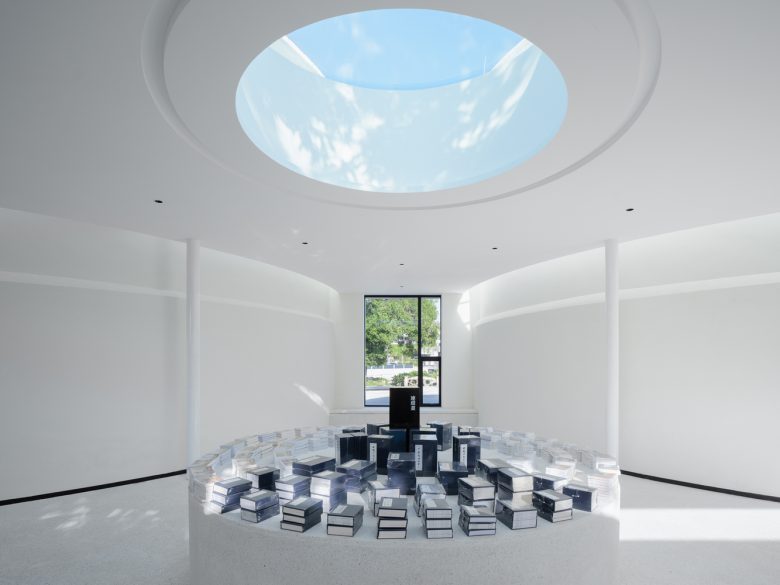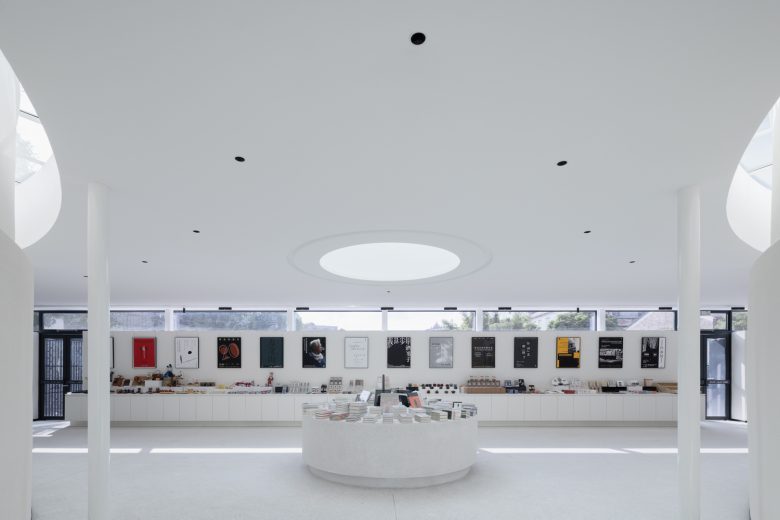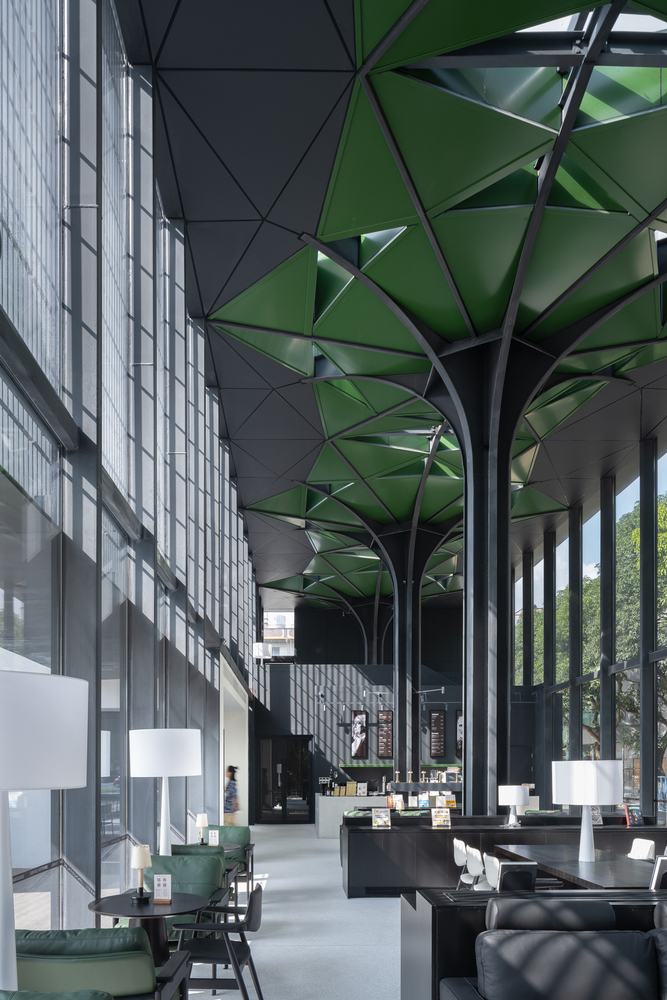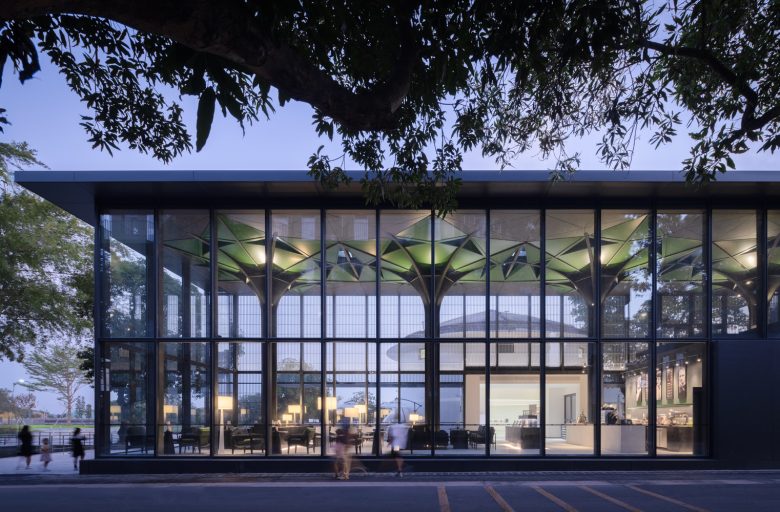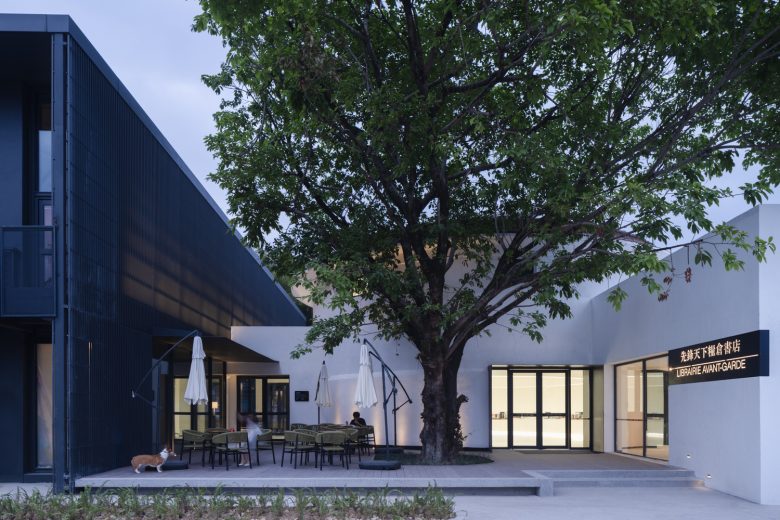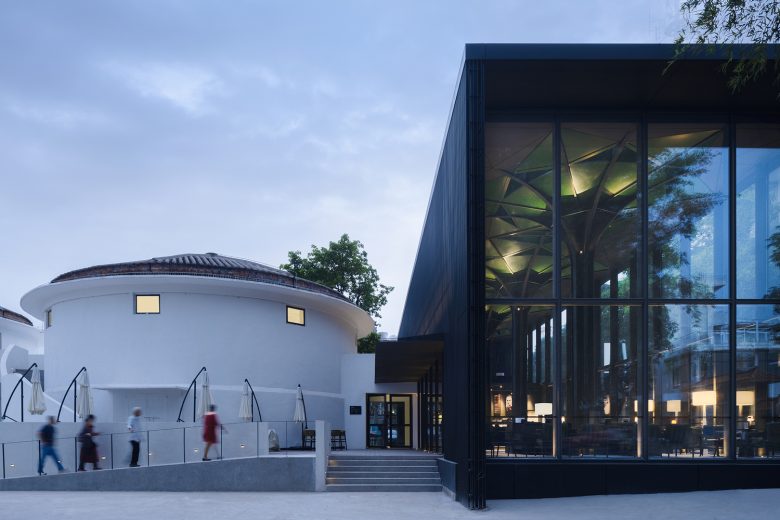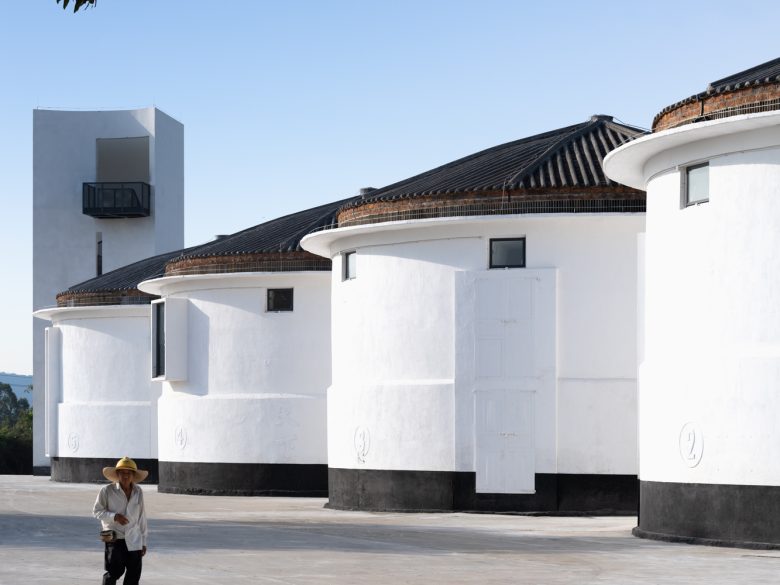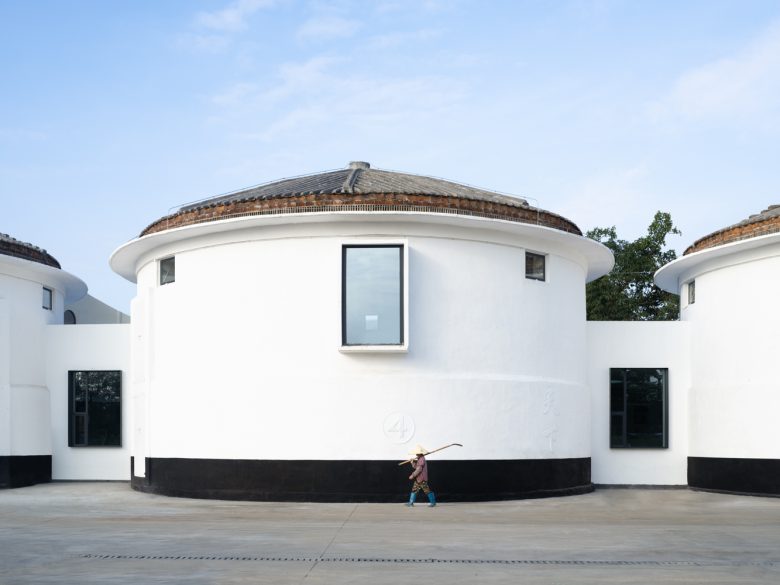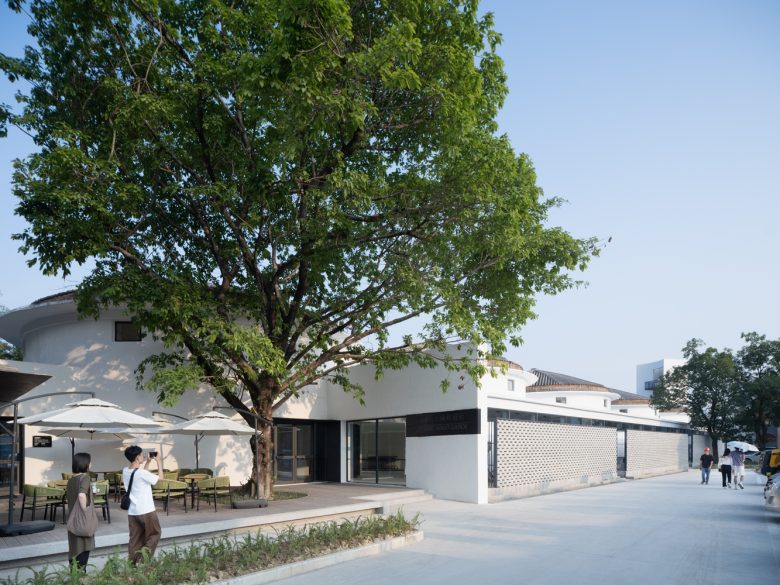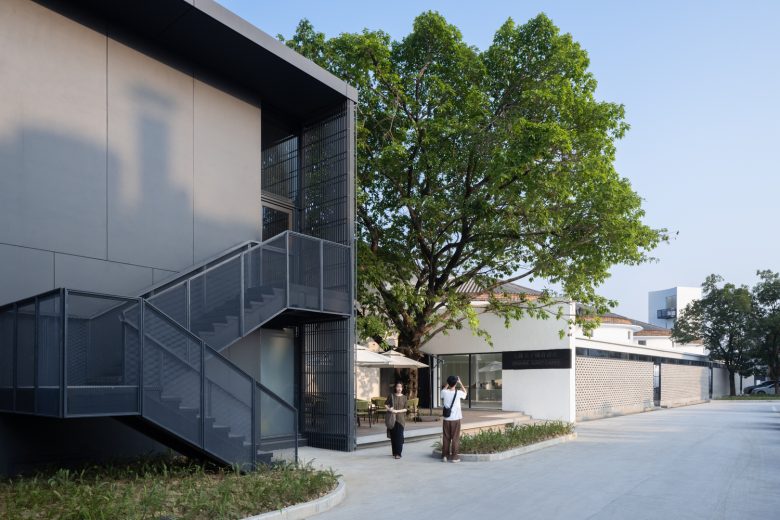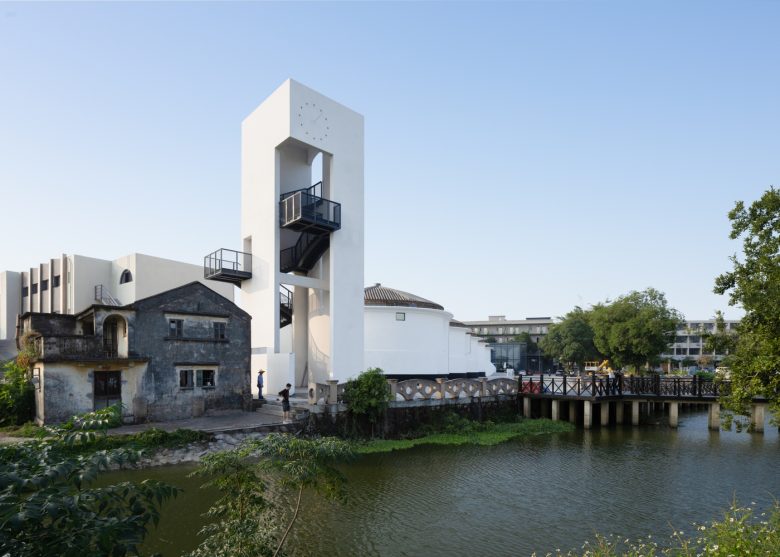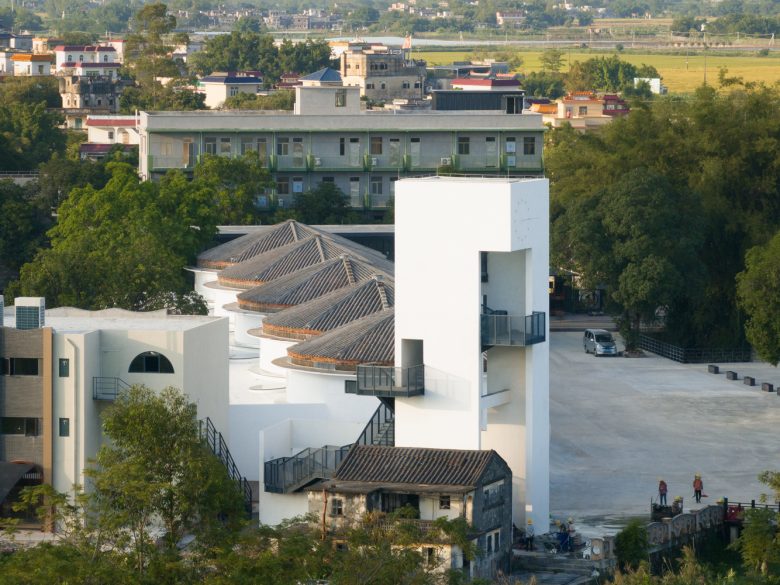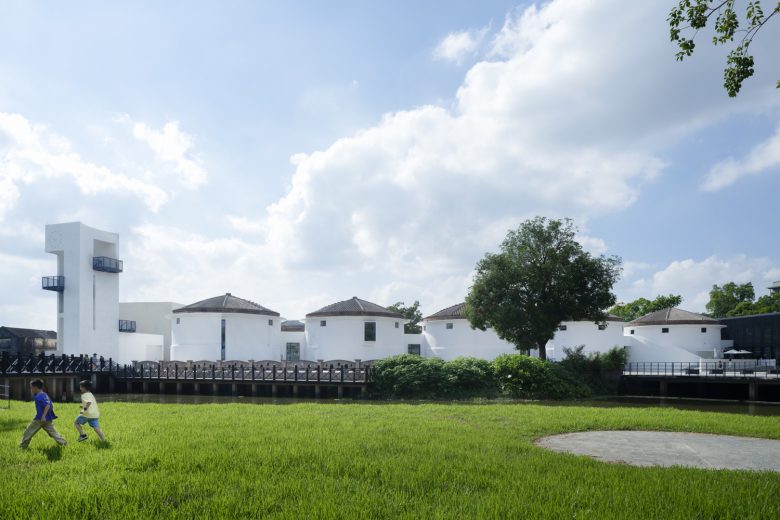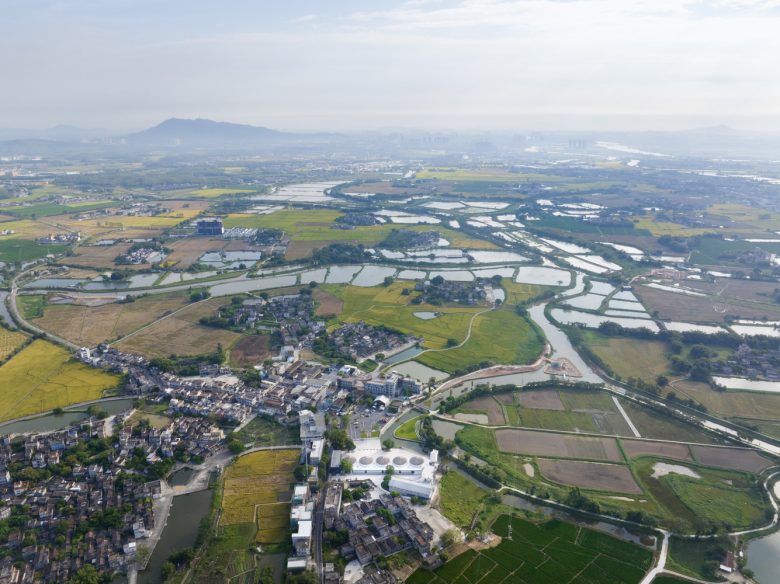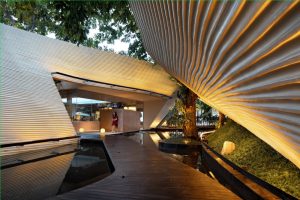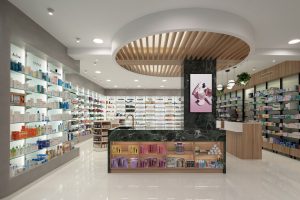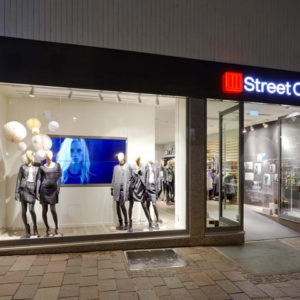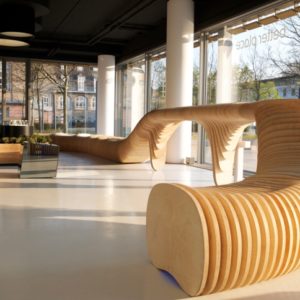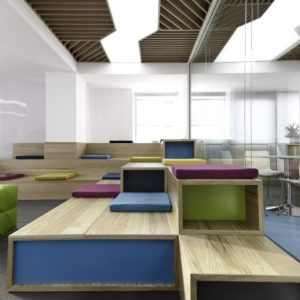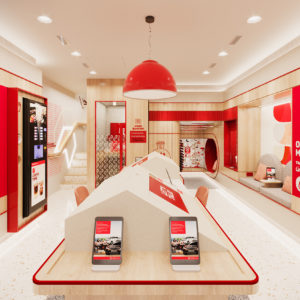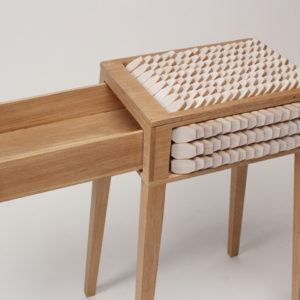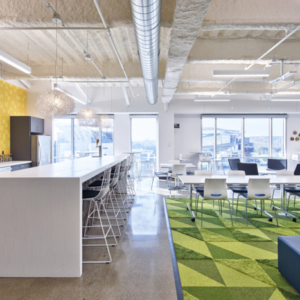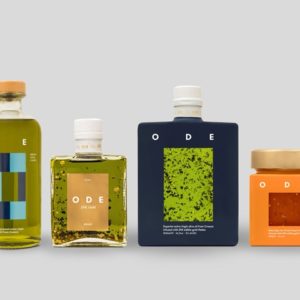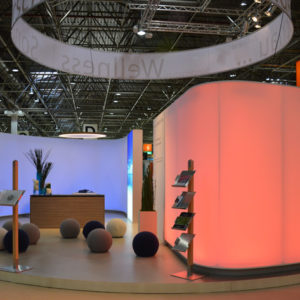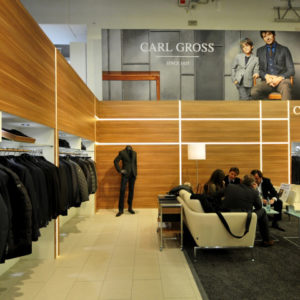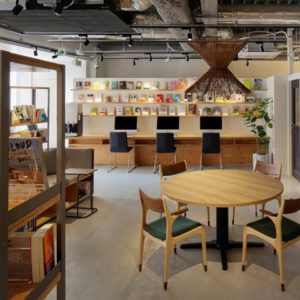
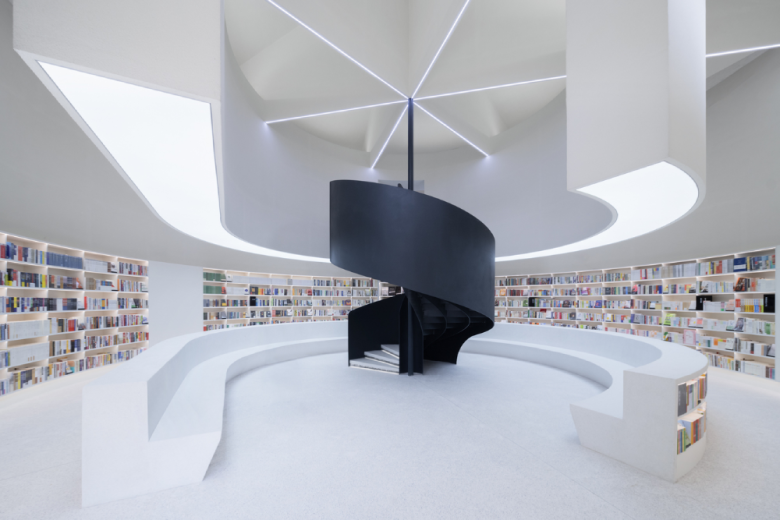
There is a group of abandoned granaries in Tangkou Town, Kaiping City, Jiangmen, the famous hometown of overseas Chinese and the location of the World Cultural Heritage Diaolou Group in Guangdong Province. Due to its historical value and unique form, Librairie Avant-grade is located here. The bookstore hopes to revitalize and reuse the abandoned silos, creating a special quality of bookstore space for the first rural bookstore of Librairie Avant-grade in South China region. There are a total of seven buildings to be renovated for the bookstore. In addition of five granaries is to repair them, mainly the roof of the granaries. By using the original technology to repair and rebuild the top of the silo, the problem of leakage on the roof has been solved, and its original appearance has been basically maintained.
Due to the structural problem of the two buildings on the north and south wings of the five granaries, we demolished these two buildings and build a new coffee shop and a literary bell tower on the original site. At the same time, a long gallery is built on the west side of the five granaries to connect them. The east side of the granaries face the village square. During the renovation process, special symbols and scenes with collective memory were preserved, and the exterior walls of the silo were repainted using the same method as the original silo walls. The main entrance of the bookstore is set at the west side, combined with the large banyan tree on the site. The east side is used as a secondary entrance, and the dual entrance is also conducive to ventilation and transportation.
Each granary has a construction area of approximately 165 square meters, with the lowest point inside the silo being 6 meters and the highest point on the dome being around 8.4 meters. The design establishes a two-stage principle. The lower part is bookshelf section, with a height not exceeding 2.4 meters, making it easy for readers to access books. The upper part is filled with a ” spatial installation “. The spatial devices of the five granaries are different, and their functions not only solve the lighting of the lower bookshelf section, but also have more spiritual attributes.
The cafe was newly built on the site of the demolished dormitory. A glass box nearly 8 meters high was designed to enhance the openness of the space. The cafe is a totally steel structure, with a thin-walled umbrella shaped steel column supporting the roof in the middle. The strategy of “spatial installation” is continued here, with four tall umbrella columns unfolding like four giant trees in the space. Coffee tables and chairs are placed around the steel columns, as if resting and communicating under the “trees”.
The gallery is a connecting corridor of the five granaries, with a total length of about 72 meters. It mainly serves as a cultural and creative sales area and can also serve as a gallery. In order not to damage the original walls of the granary, the light steel structure of the gallery roof detached 60 centimeters from the original granary walls, forming an arc-shaped skylight and creating rich and moving light and shadow.
The literary bell tower is located at the southern point, with about 17 meters high, echoes the regional characteristics of the hometown of Diaolou. Irregular black steel stairs, like a “wandering dragon,” connect different heights and directions to see squares, granaries, and fields…
Except for the long gallery on the west side, the granaries and cafe do not have suspended ceilings. The indoor air conditioning units in the interior space of the cafe and granaries are cleverly placed in furniture and bookcases. The air ducts and other equipment pipelines connected to the outdoor units are hidden in the equipment corridor in the empty space below the ground, thus preserving the purity of the indoor space as much as possible.
Architects: SEU-ARCH Art, Zen Architects
Lead Architects: Zhijiang Yang, Yanlin Zhou
Design Team: Zheng Fu, Ganyan Du, Handan Duan, Guang Yang, Jijin Li, Mincan Zhou, Yu Bai, Junjing Qiu, Liang Li(structure), Xin Li(HVAC), Fei Ye(electricity), Haitao He(water supply and drainage), Lei Zhang(intelligence), Feiran Xie, Kejie Mao, Xiuning Yao(intren)
Photographs: Arch-Exist, Zen Architects
